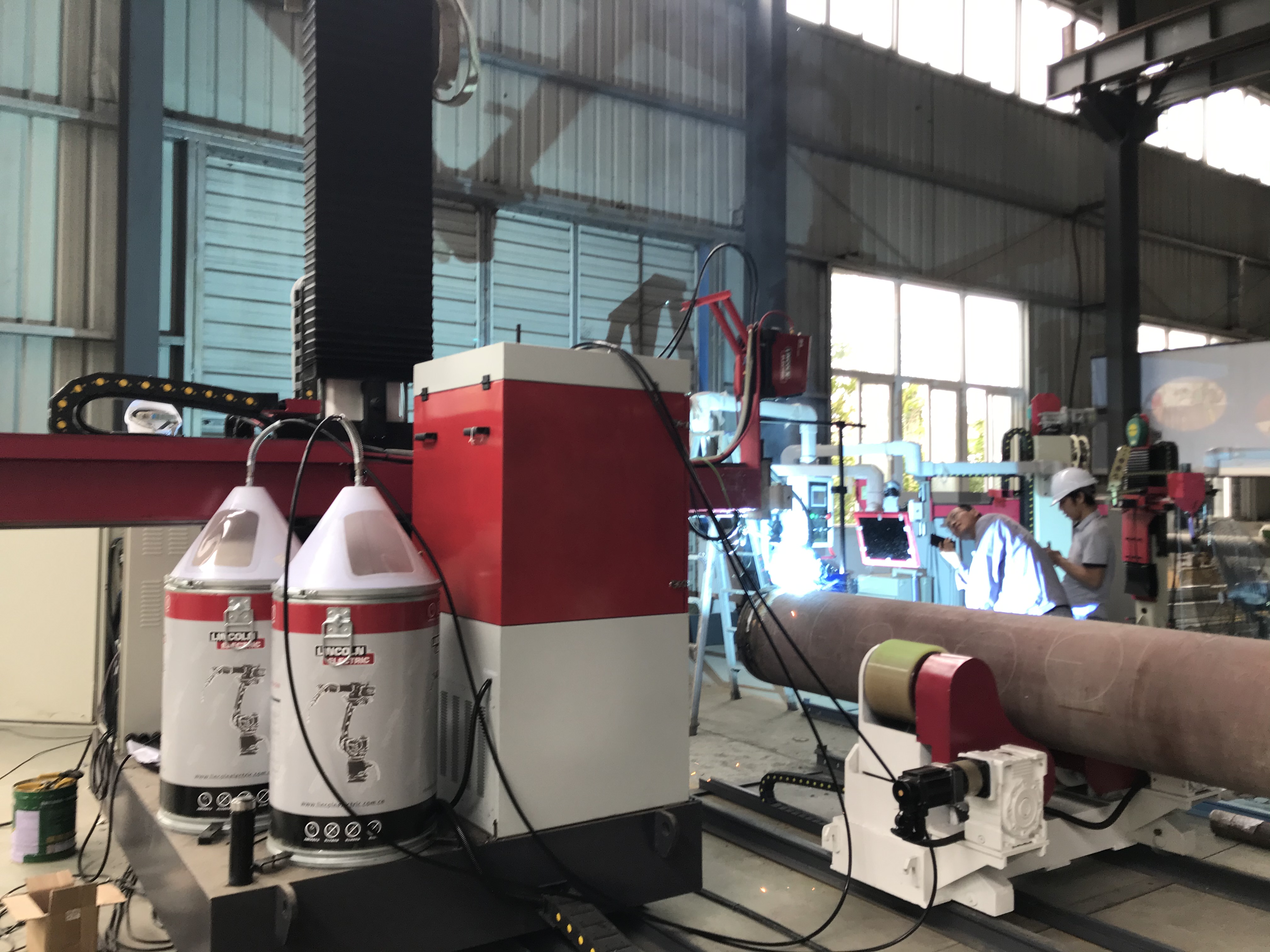1.manual arc welding
principle: in the coating electrode and base material between the arc, the use of arc heat melting electrode and base metal welding method.The outer layer of the electrode is covered with flux, which is melted by heat, and has the functions of making the arc stable, forming dissolved slag, deoxidizing and refining.
Main features:
Simple welding operation
Welding clamp light, easy to move,
Applicable to a wide range of work
2.Gas metal Arc Welding
MAG Welding: Metal Active Gas Welding
MIG Welding: Metal Inert Gas Welding(Inert Gas)
According to the type of protective gas, it can be roughly divided into MAG welding and MIG welding.MAG welds use CO2 or argon mixed with C02 or oxygen (these are called active gases).Only the welding habit using CO2 gas is called CO2 arc welding, which is distinguished from MAG welding.MIG welding uses argon, helium and other inert gases.
Principle: a welding method to generate an arc between the fine diameter consuming electrode (wire) and the base metal, seal the area with protective gas, and melt the base metal and wire.It is widely used in semi-automatic welding, robot welding and automatic welding.

3.argon tungsten-arc weldingTIG
Principle: TIG welding is a method of making arc between tungsten electrode and base metal in argon and other inert gas environment, making base metal and adding welding material melt and weld.
DC TIG welding
It is widely used in the welding of stainless steel, titanium, copper and copper alloy with dc arc welding power source as welding power source, negative electrode and positive base material.
AC TIG welding
The positive and negative polarities of electrode and base metal change with ac arc welding power supply.When the electrode is positive (EP polarity), the electrode overheating consumption is large, can remove the oxide layer on the surface of the base material, that is, the so-called cleaning effect.The cleaning effect is widely used in aluminum and magnesium welding.

 2021-09-03
2021-09-03 









